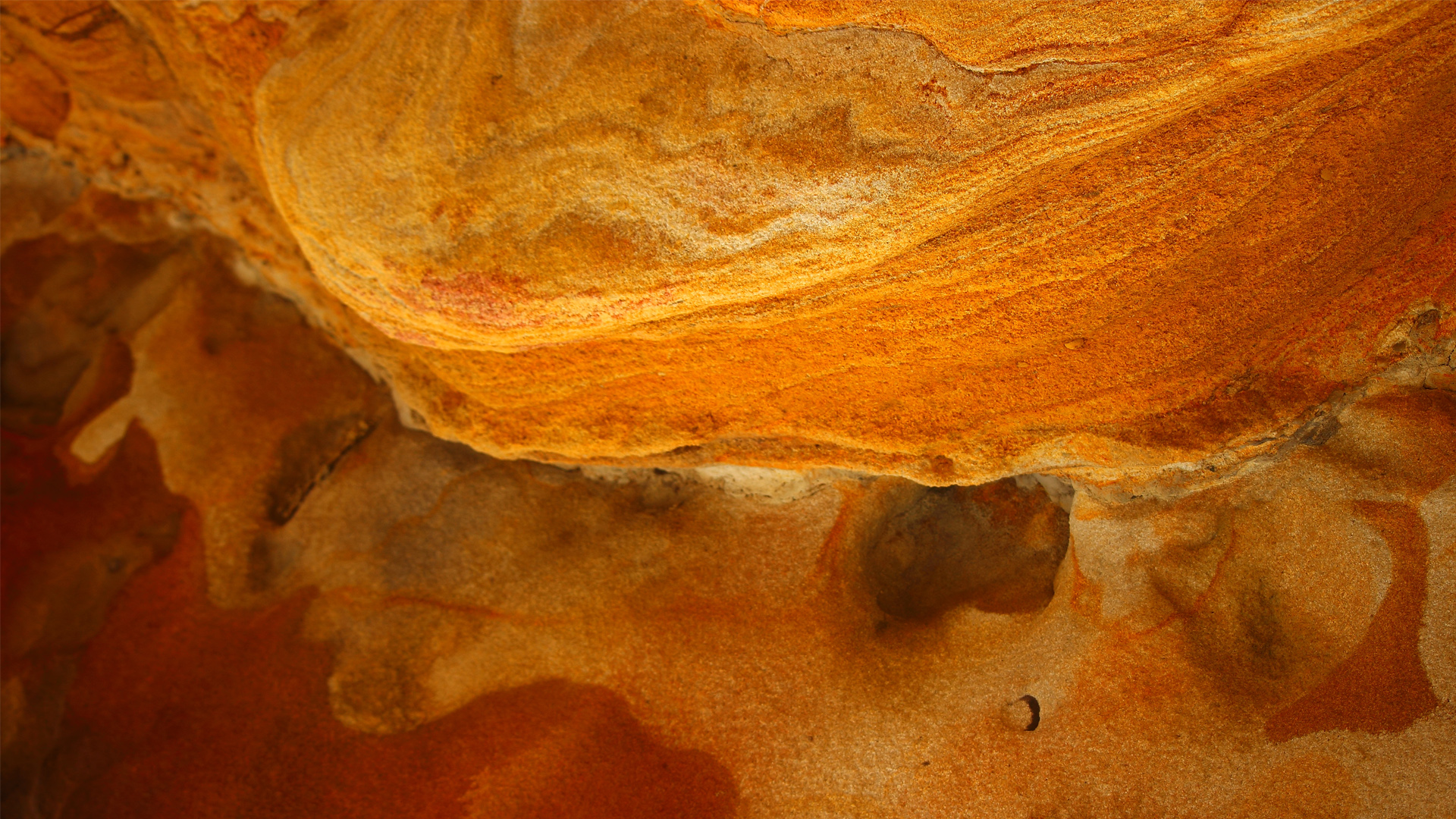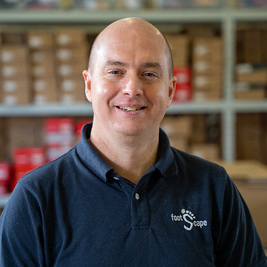


James lectures at La Trobe University within the Discipline of Podiatry and is a current University of Newcastle PhD candidate, involved in research giving First Nations voices to foot health education, and the developing, delivering, and evaluating of cultural safety education for undergraduate podiatry students. James also works as a Project Podiatrist part-time at Central Australian Aboriginal Congress and is Vice president of Footscape in 2022.
Since completing his Bachelor of Podiatry at La Trobe University in 2000 Anthony Lewis has worked in a range of Australian healthcare settings serving marginalised population groups predisposed to foot pathology. Observing the startling implications of debilitating foot pathology upon the most vulnerable has motivated Anthony to establish Footscape. Anthony has completed further post graduate studies extending to a Master of Public Health at Flinders University and Graduate Certificate in Wound Care at Monash University.
This month new Footscape Vice President James Gerrard joins Anthony Lewis to share some updates on Footscape’s work with a culturally safe podiatry clinic on Wiradjuri Country at the Wellington Local Aboriginal Land Council.
During 2021 Dr Matthew West (Wiradjuri), Professor Viv Chuter, James Gerrard, and the Wellington Local Aboriginal Land Council first applied to Footscape for material aid items on behalf of a culturally safe podiatry clinic.
To give some background on this clinic’s establishment, led by an Aboriginal podiatrist, the following excerpt is taken from West et al. (2021).
‘The culturally safe podiatry clinic is designed to create an environment that is considerate of the spiritual, physical, social, and emotional world view of Aboriginal and Torres Strait Islander Peoples, thereby creating a clinical experience which is conducive to, and supportive of, the specific needs of this community. Additionally, the approach to the management of clients within this clinic is one that recognises the importance of culture, family, and community for Aboriginal and Torres Strait Islander Peoples.
For example, clinical consultations are structured around group appointments and two intake times, as opposed to a traditional individual appointment time. This collective-participation approach encourages open discussion amongst community members, assisting students in understanding lived experiences and history sharing, and creates a sense of ownership of the clinic for Aboriginal and Torres Strait Islander Peoples.
The clinic provides a range of podiatry care and health promotion education, with a focus on diabetic [related] foot disease and prevention education.’
The material aid that Footscape provides to this clinic consists of footwear, socks, and foot care kits. These items compliment the clinical and culturally safe service by enabling display and distribution of items. Clinically, the evidence around the role of indicated footwear in the treatment of a variety of presenting pathologies is well known, as are the benefits of foot care kits in diabetic foot self-care.
The Footscape material aid starts conversations too: between Community, between podiatrist and client, and between podiatrists and Community. Conversations range from footwear styles, function, purpose, and the ability to house orthoses. Together, these conversations help to educate patients and promote informed and self-determined choices for school, sporting, recreational, work, and personal use.
But these conversations turn into yarns too, exemplifying two-way learning. Podiatrists learn more about local culture and First Nations’ perspectives of foot health, and podiatrists learn about Country people like to get out on, and importantly, some Truth-telling.
Clinical yarning like this in a culturally safe space teaches practitioners about protective health factors for people in the area, such as social connectedness, Country, culture, and spirituality.
Cultural humility in this setting brings respect for a cultural identity other than your own and makes you reflect on your own biases, beliefs, and thoughts on social justice in healthcare. Discussing foot health shares stories of strength and resilience and promotes collaborative partnerships and shared decision making. Entering this space with material aid, you think it may have a place in treatment planning; yet in leaving, you learn that culture is healing.
The Footscape material aid in this space demonstrates reciprocity, it promotes foot health awareness, and importantly, it can position the podiatrist as the learner. It leads to positive healthcare experiences, collaboration, shared learning and therefore – improved foot health outcomes.
© Copyright 2021 The Australian Podiatry Association
